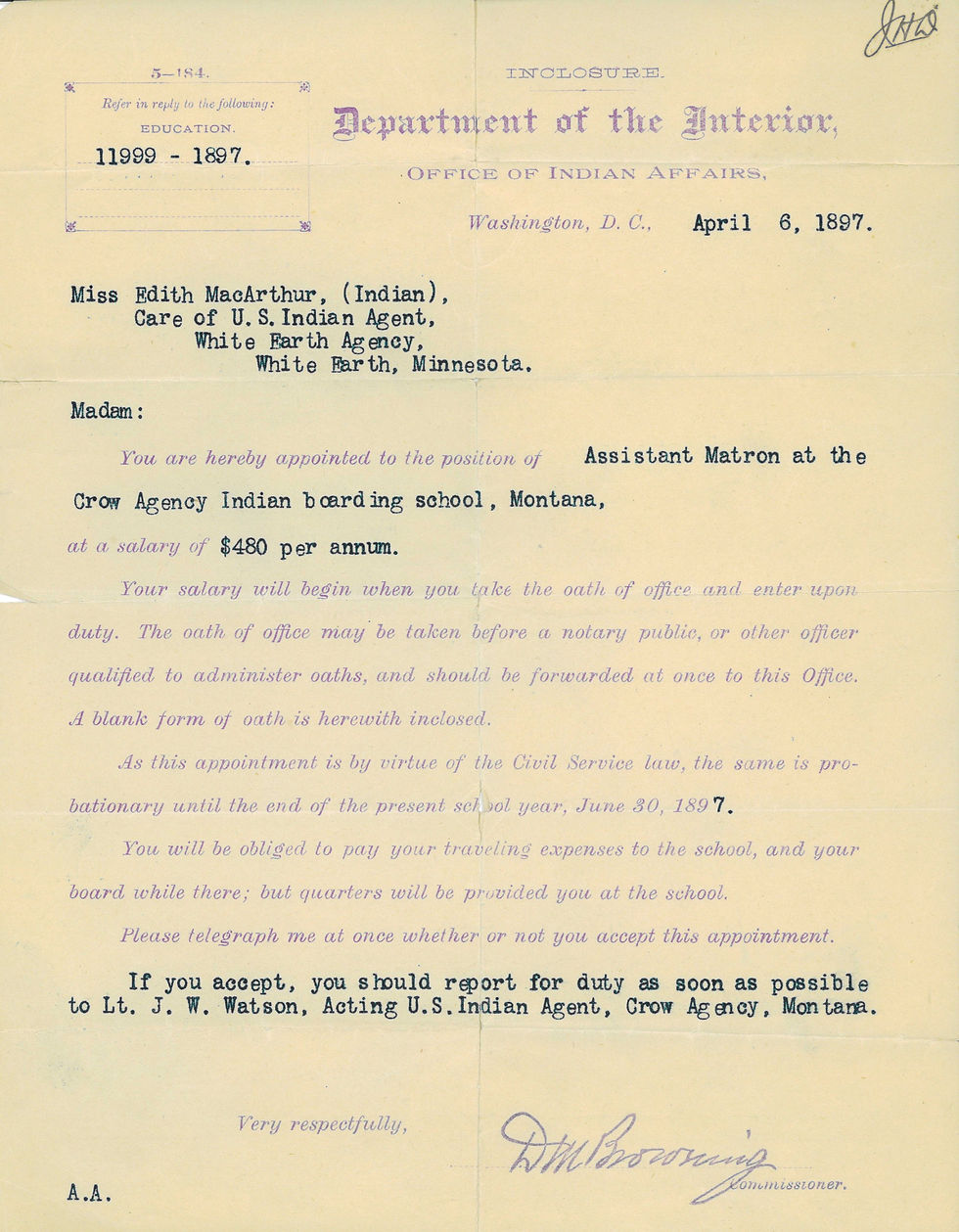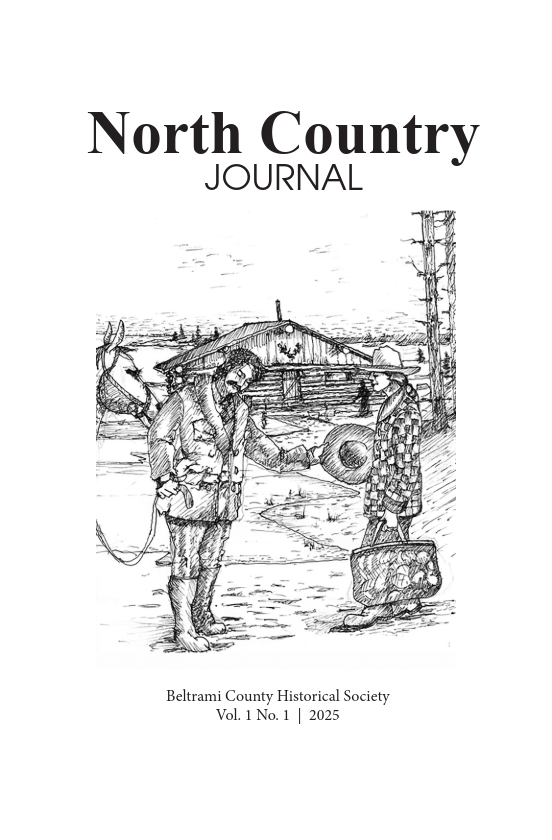FANLIGHT #13
- Emily Thabes
- Mar 20, 2024
- 6 min read
The (mostly) monthly update from Beltrami County Historical Society
Issue 13, March 2024
This month, we're experimenting with a new format: posting our newsletter as a blog. This change makes our content more accessible and allows us to include links and videos for added engagement. I value your feedback on our content and design - please leave us a comment or contact us anytime. Thanks! - Emily
IN THIS ISSUE

Image of the Month
from the BCHS archives
Cartoon and caricature drawings by Harry Geil, ca. 1904
Your indulgences - but I can't get enough of Harry Geil, our turn-of-the-century (20th) band director, first postmaster, diarist - and artist! I was delighted to find these drawings amongst his dozens of personal journals capturing everyday life. There are roughly four pages of drawings amongst a sprawling collection of newspaper clippings, postcards, photographs, and daily accounts.
I selected this drawing because the subject matter of two caricatures made the drawings easy to date. William Jennings Bryan and Theodore Roosevelt had a complex relationship marked by political rivalry and occasional collaboration. Bryan, a Democrat known for his populist views, clashed ideologically with Roosevelt, a progressive Republican. Despite these ideological disparities, they shared a commitment to some progressive reforms. Roosevelt even invited Bryan to speak at the White House, signaling a degree of respect. However, their rivalry intensified during the 1904 presidential election, where Roosevelt's Republican victory over Bryan, the Democratic nominee, underscored their conflicting visions for America's future.

Both Bryan and Roosevelt were known for their powerful stump speeches, which they used to rally supporters and communicate their political messages during their careers.
William Jennings Bryan was particularly famous for his impassioned oratory style and his ability to captivate audiences with his speeches. His "Cross of Gold" speech, delivered at the 1896 Democratic National Convention, is perhaps his most renowned stump speech. In it, he passionately advocated for the free coinage of silver and eloquently championed the cause of economic populism, earning him widespread acclaim and support from farmers and laborers across the country.

Similarly, Theodore Roosevelt was known for his dynamic and energetic speaking style, which he used to convey his progressive ideas and values. His forceful delivery and commanding presence characterized Roosevelt's stump speeches. He often used his speeches to promote his progressive agenda, including trust-busting, conservation, and social reform. Roosevelt's speeches were instrumental in shaping public opinion and rallying support for his policies during his presidency and beyond.
Both Bryan and Roosevelt recognized the power of public speaking as a tool for mobilizing supporters, influencing public opinion, and advancing their political agendas. Their stump speeches played a significant role in shaping the political landscape of their time and cementing their legacies as influential leaders in American history - as evidenced by Harry's cartoon.
IN OUR STACKS
a destiny is written

Edith E. McArthur Morrison (1873 - 30 June 1948) was born in White Earth township. Her father, Samuel, was identified as a farmer in the 1895 Census. Edith lived in White Earth until 1897, when her life took an extraordinary turn, as we discovered in a collection of correspondence addressed to Edith during her late teens and early 20s.
Upon the advice of her friend Hatsy, Edith applied for a position with the Office of Indian Affairs. As we see in the correspondence below, Edith was offered the role of Assistant Matron at the Crow Agency Indian boarding school, Montana, at a salary of $480 per annum ($15,540 in 2024 dollars, adjusted for inflation).

Field matrons for the Bureau of Indian Affairs supported Native American communities by offering medical care, hygiene and nutrition education, and maternal and child health assistance. They played a vital role in improving Indigenous populations' well-being and living conditions across the United States. Field matrons also played a significant role in the assimilation efforts of the Bureau of Indian Affairs by promoting Western norms of hygiene, domesticity, and child-rearing among Native American communities. Through their work, they aimed to acculturate Indigenous individuals into Euro-American societal standards, contributing to the broader assimilation policies of the time.
While the Bureau of Indian Affairs encouraged Native women to become advocates for assimilation in their homes and communities, it only reluctantly included them as full partners in the field matron program. The agency restricted tribal women to the role of assistant field matron and only appointed them between 1895 and 1905. Most of these women served in tribal communities located in the Great Plains.

Edith married John Morrison in Sheridan, Wyoming, on August 14, 1897, less than 100 miles from the Crow Agency Indian boarding school where they were both appointed. John and Edith moved back to Minnesota in 1904 when John was appointed Superintendent of the Indian Agency boarding school at Cross Lake (Ponemah). They lived in Red Lake, Nett Lake, Redby, and finally, Bemidji, where Edith died in 1948. Before John died in 1964, he donated their collection of Native American artifacts to the Beltrami County Historical Society, including jewelry and moccasins collected by Edith.
Earlier, I mentioned that Edith's friend Hatsy encouraged Edith to apply for employment with Indian Affairs. Check out the recording below to hear a reading of Hatsy's letter!
Mark Your Calendars
upcoming BCHS programs, meetings, & events
Tomorrow! Thursday, March 21,
Noon: Scottish Highland Bagpipes with John Egelhof
4:30 PM: BCHS Board Meeting Guests welcome! Join us at the History Center or contact us for the Zoom link.
Thursday, March 28, 4 - 6 PM: Pause & Rewind, 90s edition
FREE Extended Hours
Dress in 90s attire for your chance at a prize!
90s Karaoke - all ages welcome
Saturday, April 6, 9 AM: Hometown History for Newcomers & Oldtimers
Saturday, April 13, 10 AM - 4 PM & Sunday, April 14, noon - 4 PM: TRAIN DAYS

Thank You to Our Newest Sponsors, including Big River Scoop, Dave's Pizza, MJB Home Center, Keith's Pizza, and Patterson's Clothing. Sponsorship and Membership are critical to our operations, and we are grateful for your support.
In-BOX
updates on the preservation efforts of staff & volunteers
We received a $7480 Minnesota Historical and Cultural Grant for digitizing sports films from

Bemidji High School. This project has been financed in part with funds provided by the State of Minnesota from the Arts and Cultural Heritage Fund through the Minnesota Historical Society. Volunteer Ashton spearheaded the acquisition of the films and initial fundraising, which enabled us to digitize seven films, now available on your YouTube channel. Ashton can start the project on April 1 to digitize the rest of the sports films in our collection.
NEW Staff member Janet and volunteers Chelsea, Mary Lou, and Micky have been working hard re-housing and cataloging our Image Collection. Images are being moved from cardboard boxes that have outlived their usefulness to archival 3-ring binders with protective sleeves. The binders and sleeves are a more permanent preservation solution that makes it easier to locate images for research. Simultaneously, photos are digitized, and online records are uploaded to minimize reliance on physical images. Each binder represents approximately $50 in materials and $200 in labor to organize and digitize.
Volunteers Aly and Fia, Chelsea, Mary Lou, Micky, and others are making headway on our Mezannine Inventory Project. We have set a goal to open all 600+ boxes on our second floor and inventory each artifact in those boxes. We are nearly 30 boxes in, and all volunteers report exciting discoveries!

If you are monitoring the progress of our caboose, you may have noticed that a few windows have been temporarily replaced with plywood. Volunteers from the Northern Iron Horse Railroad Society have been hard at work replacing old glass windows with shatter-proof, light-resistant acrylic. Materials cost $2500; each window must be custom cut and fit, but will likely last for decades.
As we continue to push forward with these critical preservation projects, we invite you to join us in making a difference. Whether you have a passion for digitizing historical footage, organizing image collections, or diving into the treasures of our Mezzanine Inventory Project, your involvement can genuinely impact our efforts. Consider volunteering your time and expertise to tackle the inventory of our mezzanine artifacts, help answer historical research questions, or contribute to upcoming programs and events. Every contribution, big or small, moves us closer to our goals and ensures that our cultural heritage remains accessible for generations.
Additionally, your financial support is crucial in sustaining these initiatives. Your donations help us purchase materials for preservation, fund digitization efforts, and expand our capacity to undertake even more ambitious projects. We can safeguard our history and culture for future enjoyment and study. Contact us today to learn how you can volunteer or donate to support these vital preservation endeavors. Let's make a lasting impact together!
END QUOTE(s)
"You cannot judge a man's life by the success of a moment, by the victory of an hour, or even by the results of a year. You must view his life as a whole. You must stand where you can see the man as he treads the entire path that leads from the cradle to the grave — now crossing the plain, now climbing the steeps, now passing through pleasant fields, now wending his way with difficulty between rugged rocks — tempted, tried, tested, triumphant." - William Jennings Bryan
"There are two things that I want you to make up your minds to: first, that you are going to have a good time as long as you live - I have no use for the sour-faced man - and next, that you are going to do something worthwhile, that you are going to work hard and do the things you set out to do." -Theodore Roosevelt







Comments